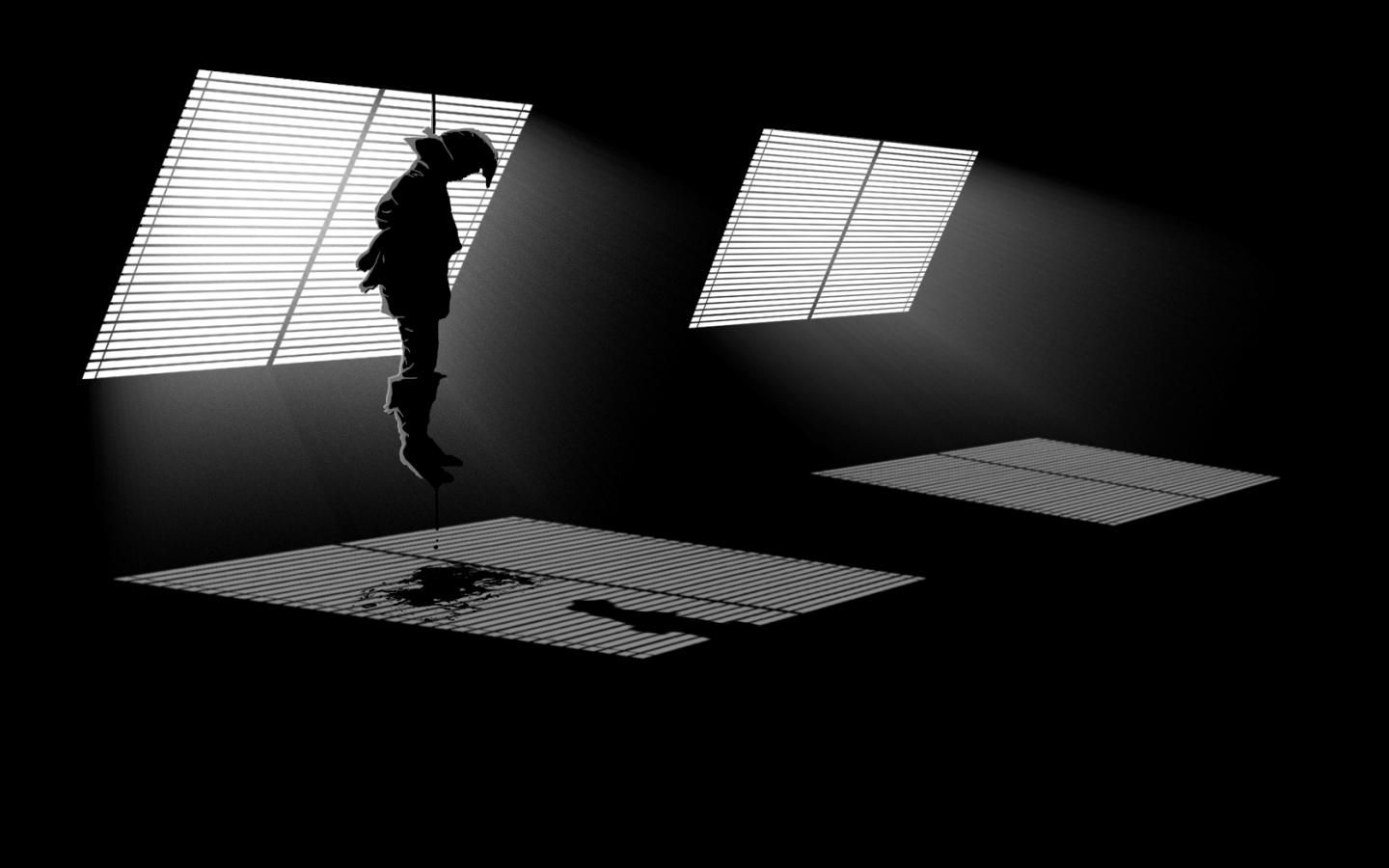[symple_box]
 Dr. Mohammed Maarouf is a Professor of Ethnography and Cultural Studies at Chouaib Doukkali University, Morocco. [/symple_box]
Dr. Mohammed Maarouf is a Professor of Ethnography and Cultural Studies at Chouaib Doukkali University, Morocco. [/symple_box]

El jadida, Morocco-It is a historical chestnut that mankind has sought the aid of mysterious forces to resist evil. The symbol of the evil eye existed thousands of years ago and traversed many cultures in the Middle East, Africa, Asia and Europe; even monotheistic religions have represented their own evil eye symbols.
In the Moroccan popular culture of Islam, the evil eye is an evil force that tracks people’s steps due either to the other’s ill will, envy, act of magic (sihr), jinn invocation, or a misfortune that occurs unforeseen. Social agents believe that the evil eye may affect their health, work, family, and luck. This theory of causation seems to be a shared cultural worldview since traditional healers and patients in shrines and in other cure-contexts find it socially convenient in their healing discourse to shift the blame off the self, and relieve the “I” from accountability for his/her own deeds.
By attributing their failures, social problems and misfortunes to the evil eye ( al-‘ain), people feel they are no longer liable to their own doings, and place responsibility on the other. By their belief in the power of the evil eye, they struggle to resist the frustrations of everyday life. This belief releases them from any sense of guilt or responsibility towards their social disappointments. At times, unable to act and change their social conditions, social agents, especially those at the bottom of social space, regard themselves as puppets in the hands of Fate, and see the world regulated by mystic powers that steer the wheel of their fortune.
As a matter fact, most Moroccans, if not all, dread the evil eye. It is a genetic part of their religious behaviour. To prevent its being cast upon them, they delve into augury. They evolve good and ill omens to divine the coming events. The trembling of the eye/eyelashes (trefrif dyal al-‘ain/al-‘hajeb) is interpreted as an auspice. If the right eye involuntarily winks, it means that a good event is coming; if it is the left eye, it means a bad event. The itching of the hand is also interpreted as an auspice. If the right hand itches, it is a signal that the person will receive money; if the left hand itches, it is a signal that the person will spend money (sometimes it is the reverse depending on the person’s habit which hand he stretches to take or deliver money with).
The faces of other people are also regarded as auspices. It is said that there are people whose faces are ill omened. If a person sets eyes upon one of them while starting his day, it is believed that s/he will be harmed. Women are also interpreted as auspices in the common man’s augury. There is a proverb that says: “gsas u la nsas u la hartat ula wartat ula shed hetta nji” (hair-locks, golden coins, cultivating, inheriting or keep this till I come back). Through this proverb the reader may notice the aleatory aspect of life the common man is submitted to. It shows that for him prosperity is a question of luck more than of work. One may be rich by inheritance, by a good harvest during a rainy season, by storing gold until its price might rise, by owning a deposit left by someone who deceased whilst travelling (especially in the past when people used to travel miles and miles on pilgrimage to Mecca and leave their wealth with trustful people). One can also be rich if one’s luck brings one a good wife, a wife whose hair lock is auspicious (gustha mazyana).
This is a gender-biased view representing the female as responsible by nature for the male’s failure and success. In fact, this symbolism is extended into rituals the average Moroccan regularly performs to protect himself from the cast of the evil eye. Some may sprinkle their houses with henna-soil from Ben Yeffu (a shrine situated on Doukkala plains near Tnin al-Gharbiya) to ward off evil spells. Some hang dried scorpions or hand-emblems at the threshold of their dwellings to chase away bad luck. Others weekly fumigate their houses with incense including alum (shebba) and gum-ammoniac ( fasukh) to chase away the evil spirits. As a consequence, jinns, the evil eye, magic and other cultural symbols carry through the ideological task of averting people’s gaze towards imagined scapegoats held responsible for their own social frustrations.
People become engaged in mutual mistrust and symbolic infighting detached from the political activities that influence their economic and social interests. The following example illustrates how the mechanism of mistrust, symbolic infighting and reciprocal incrimination work among social agents. An exchange between a fortune-teller (shuwafa) and some clients will be analyzed to shed light on how the diviner makes meaning of the notion of mistrust in her maraboutic parlance. As for clients, these are our research assistants. The focus will be then on how the evil eye is represented in the shuwafa’s stereotypical discourse. This exchange includes the following social actors: Khalid and Fatima, film assistants, and the Buffi fortune-teller. This is a spontaneous exchange filmed during the moussem in August 2002 when I joined a film crew from France 5 channel as a scientific consultant. First the shuwafa refused to speak to our assistant interviewers because she was averse to being filmed without being well paid. Afterwards, she made up her mind and started revealing Khalid’s secrets.
– Shuwafa: Let’s read your omen (ndarbu lik al-fal)! Don’t give me this 25 dirhams! You are filming me!
– Khalid: The man is not filming; people who film are coming later!
– Fatima: This is simply the family!
– Sh: [addressing Khalid] shut up! Are you human or not! The man is filming me! He filmed other people and gave them money! You laugh at me by giving me some coins, while he is filming!
Khalid promised to give her more money. She started her work.
– Sh: If you are coming with faith (niya) you can realize your wishes . . . the plane exists [you will get aboard], the car exists [you will drive], the job exists [you will find a job], and prosperity and bliss exist [you will make money] (tayyara kaina, tomobila kaina, al-khedma kaina, al-khair u ttisir kain)!
Follow your work! You get angry easily and your head aches you! They are following you! Allah may lead them to the right path! Answer me!
You don’t have luck with people! “You milk milk onto people but they milk tar onto you” (nta thleb ‘lihum al-hlib u huma yhelbu ‘lik al getran)! You are a shrif (of noble lineage) from your mother and father’s line, “a pure one” (mkhanter), “a charitable person” (weld bab Allah [literally, son of the door of Allah])!
You keep your door open to every caller. [Then addressing Fatima] he is the son of a generous family! He gives a lot of charity!
In the meantime, the shuwafa was counting the beads of a rosary and had an egg in her hand.
– Sh: [addressing Fatima] He has the “bountiful jinns” (l-jwad)! So from time to time “he flares up” (kay tqandesh)? [Then addressing Khalid] Do not go till you take our relics (baruk) and our “antidote” (tbatil) against the evil eye and “people” (al-bashar)! The majduba speaks to you! Answer me!
Then she gave him a string to wear around his neck against al-‘ain, some incense and some zhar (rosemary) to fumigate and perfume with. Before folding the incense in a piece of paper, she blew saliva on to it (a stereotypical way of transmitting baraka).
– Sh: We have given you rue (al-harmel) and cypress dried leaves (al-‘ar‘ar) to evoke l-jwad and “Allah makes it easier for you in everything, to get a job, trade, and progeny” (Allah isakhkher lik fi khedma/fi bi‘ u shra/fi terrika/fi kulshi)! Put some incense in the censer and burn it to fumigate the house and children with it!
– Ft [addressing Khalid ]: have faith and sleep with the snake! (dir niya u bat m‘a al-‘ayya)
The shuwafa appears to recognize Khalid’s social status. She designates him as an immigrant. She tells him: “you will get aboard, you will drive, you will find a job, and you will make money.” She imagines Khalid as the stereotype of the rich immigrant who comes back with an expensive car and a lot of money to the poor family. That is one of the reasons she charges him much more than she usually does with her regular clients. She puts in front of her a table full of big beads (luban), rosaries and eggs. She also wears a green dress. In Moroccan popular culture, the heavenly green color is a sign of fertility and peace (saints are also covered with cloth of the same color) and the table (mida) is a sign of fortune telling.
The word “mida” may be associated with the word “maaiidah” mentioned in the Qur’an. Allah says in surat al-Maaiidah [the Feast], aya: 112: “when the disciples said: ‘O Jesus, son of Mary, could your Lord send down for us a table (maaiidatan) laid with food?” The word “table” mentioned in the Qur’an stands for food and prosperity. It also stands for creating miracles. The disciples are asking Jesus to show his God’s miracle of sending them food from nowhere. The meaning of the table in the Qur’an may be nearer to the meaning of table in popular culture in which it stands for fortune telling, a “miraculous” work in which the fortune teller is thought to be able to see the future, especially the prosperous side of it.
The healing tradition goes that shuwafas are chosen by jinns to do the work of fortune telling. The typical fortune-teller is someone who usually gets possessed at an earlier age. S/he follows the maraboutic tradition. S/he has dreams signalling to him/her that s/he is chosen for this task. S/he tours saints to collect the baraka given to him/her by the bountiful (l-jwad ). Such pilgrimage may last for months or years; it is a long trial imbued with rituals and sacrifices the fortune-teller has to perform in order to gain the saints’ support in his/her work.
Some fortune-tellers maintain that jinns “prosecute them in mythical courts” (dakhlu m‘ahum fi shra‘) like in the court of Ben Yeffu and Chamharouch, and by the end the shuwafas surrender to their fate. They do what the jinns dictate. Other shuwafas accept the deal without legal proceedings. But all of them claim to follow a mystic trajectory, a road of trials before starting the work. Their jin- masters take them from saint to saint and from ritual to ritual, setting up conditions for them if they want to acquire baraka.
The shuwafa in the exchange above uses rosaries and eggs in her work. What do these items have to do with fortune telling and the evil eye (al-‘ain), the concept under study? The rosary is used by shuwafas to count (bash kay hasbu) for the client. The process of counting with a rosary seems to be like a reckoning process in which the fortune-teller discovers the client’s omen. It is another method of magical reckoning (lifting the khatt). The fortune-teller counts the client’s name and his/her mother’s name by means of a rosary and speaks about the client’s future. The egg here is a symbol of fortune. The foetus not yet born in the egg seems to be in the hands of Fate. He may die in the egg or he may break the shell and get out safe. But there is a strong likelihood that the egg stands for the eye in popular culture. It is an icon of the eye because its oval shape resembles that of the eye.
The egg is used in curing eye-sicknesses like ttarsha (the reddening of the eye). Most fqihs (traditional curers) I have encountered during my fieldwork use the egg in the curing process. They write Qur’anic words on the egg, wave it round the eye and claim to bury it afterwards (I spied a fqih eating the eggs furtively). This is an iconic cure in that what happens to the egg will happen to the sickness. The egg will decay in few days and so will the sickness.
Furthermore, the shuwafa’s speech is full of stock-in-trade expressions customarily used by fortune-tellers. It revolves round the incrimination of the other. She does not specify which other-ed stereotype it is. She rather speaks in general terms. It is the ill will of people or the evil eye. She uses expressions like “they are following you! You don’t have luck with people! You milk milk onto them but they milk tar on to you!” Such statements insinuate that social solidarity, trust and confidence are getting in decline in society. People run the risk of being daily chased by others.
The shuwafa does not commit herself to standards of accuracy. General statements like these release her work from any liability to falsehood, and at the same time do not reveal anything special about the client. They rather reveal how Moroccans maintain and represent their social relations. The frustrated social agent who cannot fight against his handicap keeps gazing at the others desiring what they have. The gaze is institutionalized among the masses to the extent that it becomes a form of gossip. People may keep track of each other’s comings and goings, gloating over their ruins and envying their success. The collective will is annihilated to cede the way to social relations of mistrust and mutual incrimination.
The statements above include a proverb the shuwafa uses to justify the truth that people are untrustworthy and that the client should be alert to placing confidence in them. The proverb says: “You milk milk onto people but they milk tar on to you.” The opposition, milk vs. tar evokes people’s ingratitude. It refers to the fact that people commonly do not acknowledge the sacrifices the “I” does for them. So, the good-doer should not expect people to be indebted to him. As an organizing law of social existence, the proverb represents people’s ingratitude as natural. People should not be startled at each other’s lack of gratitude. Thanklessness seems to be the social norm of survival.
How can we then localize modern politics and capitalism within a cultural bed laden with cultural schemata of mutual incrimination and symbolic infighting? Look at what is happening! Every day, we witness how our politicians transfer and deploy schemata of symbolic infighting into their work!





